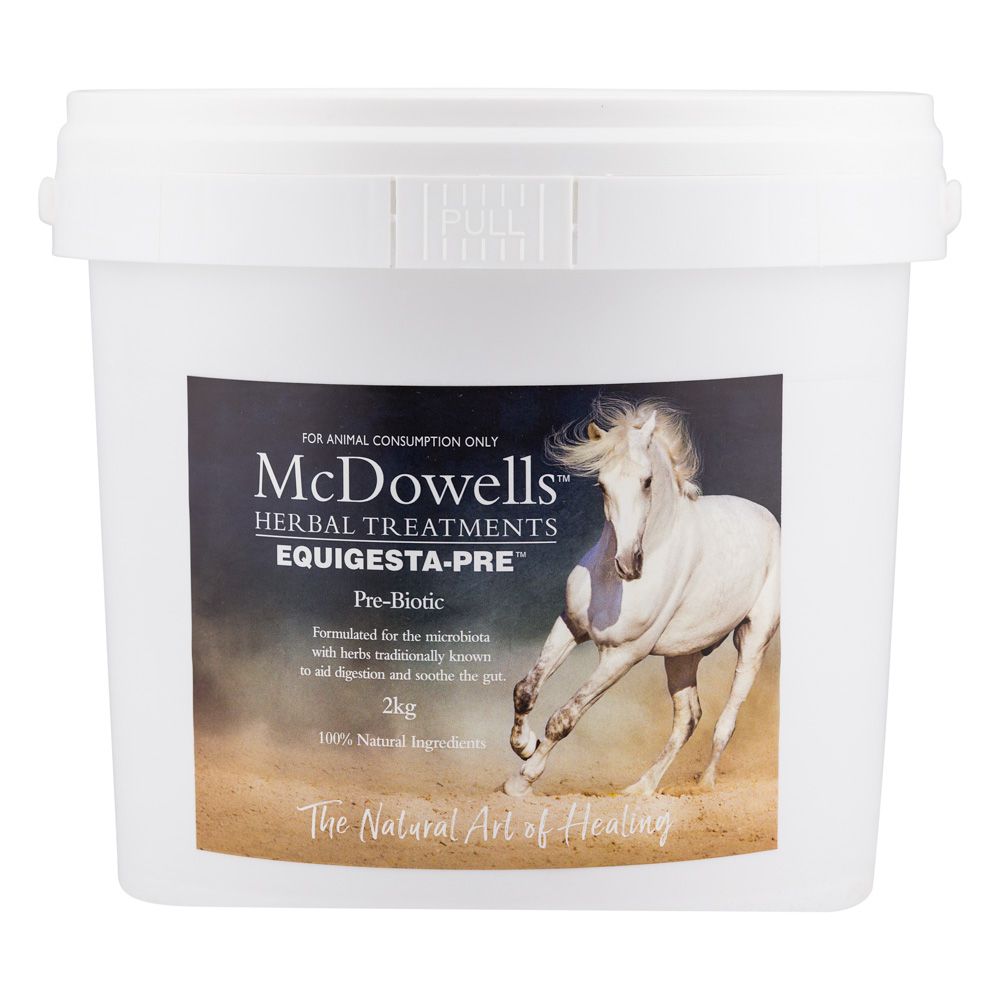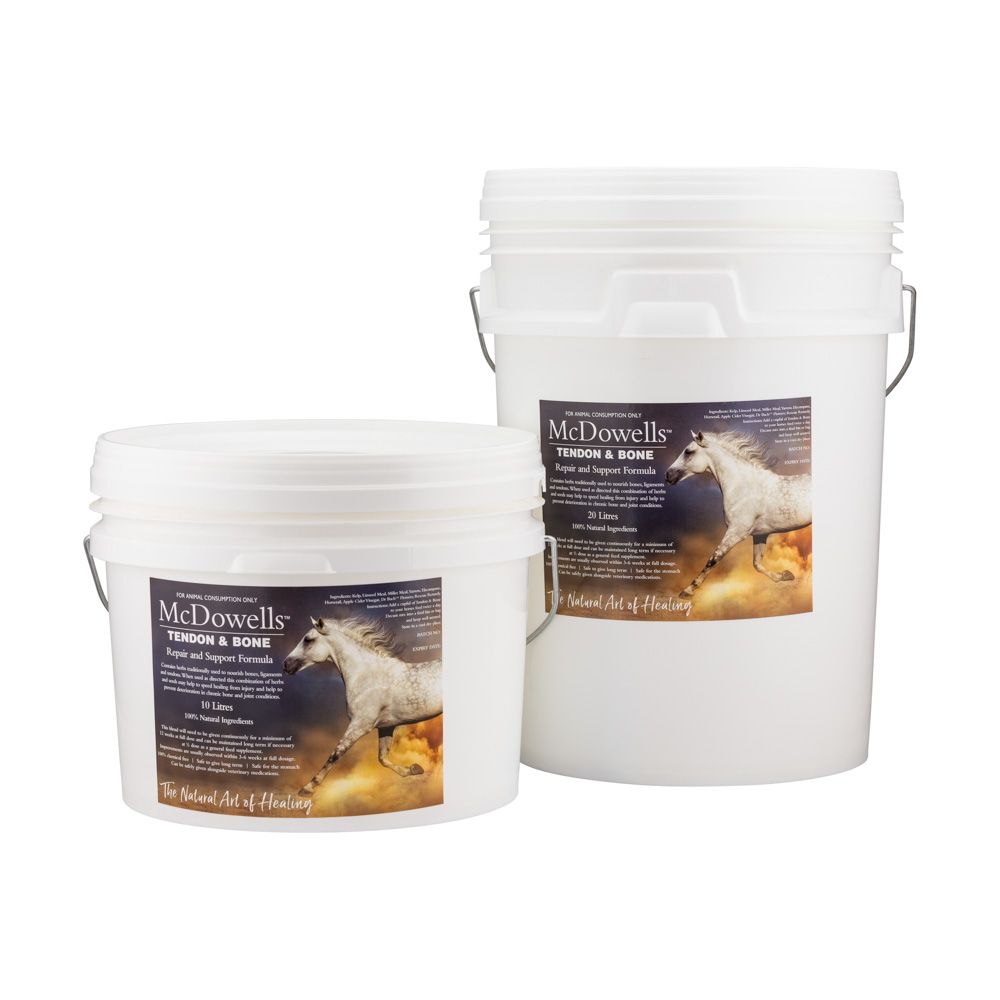Stringhalt is the same in all countries, but it’s the extreme weather in Australia that tends to promote the condition. Australian Stringhalt is a debilitating condition of pasture based horses characterised by involuntary hyper(over)flexion of the hind limbs when attempting to move...
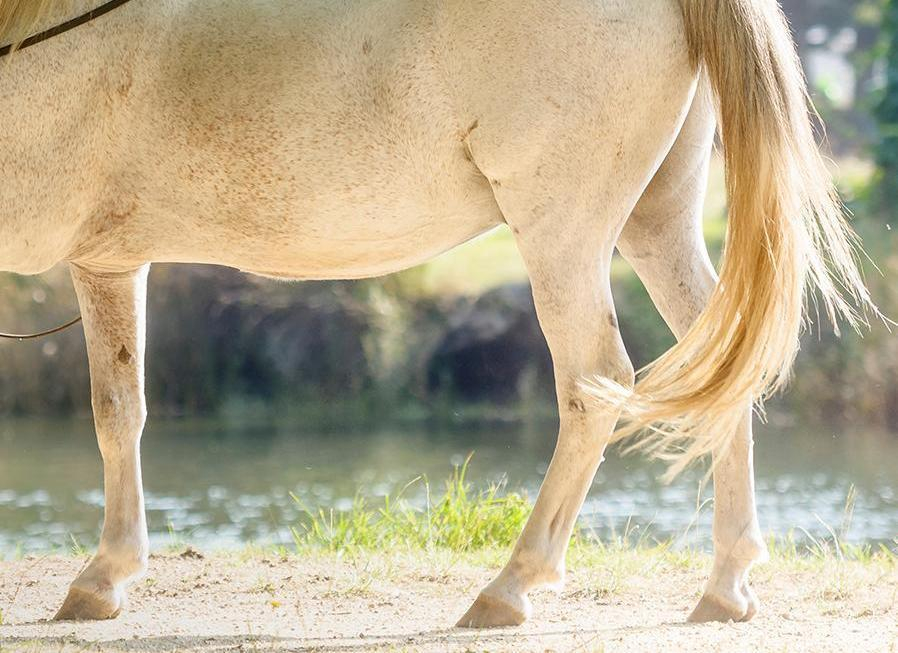
It's now known that it is likely due to the neurotoxin produced by the plant 'Hypochaeris radicata', otherwise known as catsear, flatweed, cat's-ear, hairy cat's ear or false dandelion, when it's stressed. Usually there are drought-like conditions associated with lack of grassy pasture, so the horse will tend to eat far too much of the plant, resulting in what is called 'Australian Stringhalt'.
Background
A study conducted by the Melbourne University (Charles El-Hage 2011) has revealed unidentified primary and secondary metabolites from the stressed plant likely to be responsible for the condition, though the specific neurotoxin is yet to be identified.
“The suggested role of (fungal) mycotoxins appears unlikely as a causal factor in AS despite several suggestions they were a possible cause of the condition. Analysis of H. radicata from two properties with AS revealed no evidence of alkaloids. The analysis was wide ranging encompassing many groups of compounds recognised as toxins associated with neurological disorders in grazing livestock. The absence of mycotoxins would limit the usefulness as agents such as mycotoxin binders being administered to protect against the onset of AS.” (1)
The neurotoxin of the stressed Hypochaeris radicata (flat weed) is thought to affect the myelin sheath of nerves of the CNS, which not only causes ataxia, but could potentially be lethal if not treated.
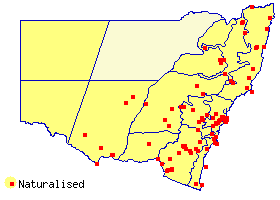
Distribution and occurrence: Grows in lawns, gardens, roadsides, pastures, disturbed habitats, widespread weed. Native of Eur. NSW subdivisions: *NC, *CC, *SC, *NT, *CT, *ST, *NWS, *CWS, *SWS, *SWP, *NFWP, *SFWP, *LHI Other Australian states: *Qld *Vic. *Tas. *W.A. *S.A. *N.T. (2)
Identifying the plant
The soil that favours the growth of the false dandelion is usually granite/light soils , overgrazed and acidic in ph. False Dandelion has coarse flat small leaves with fine needles. False dandelion has multiple flowering heads as you can see in the image.
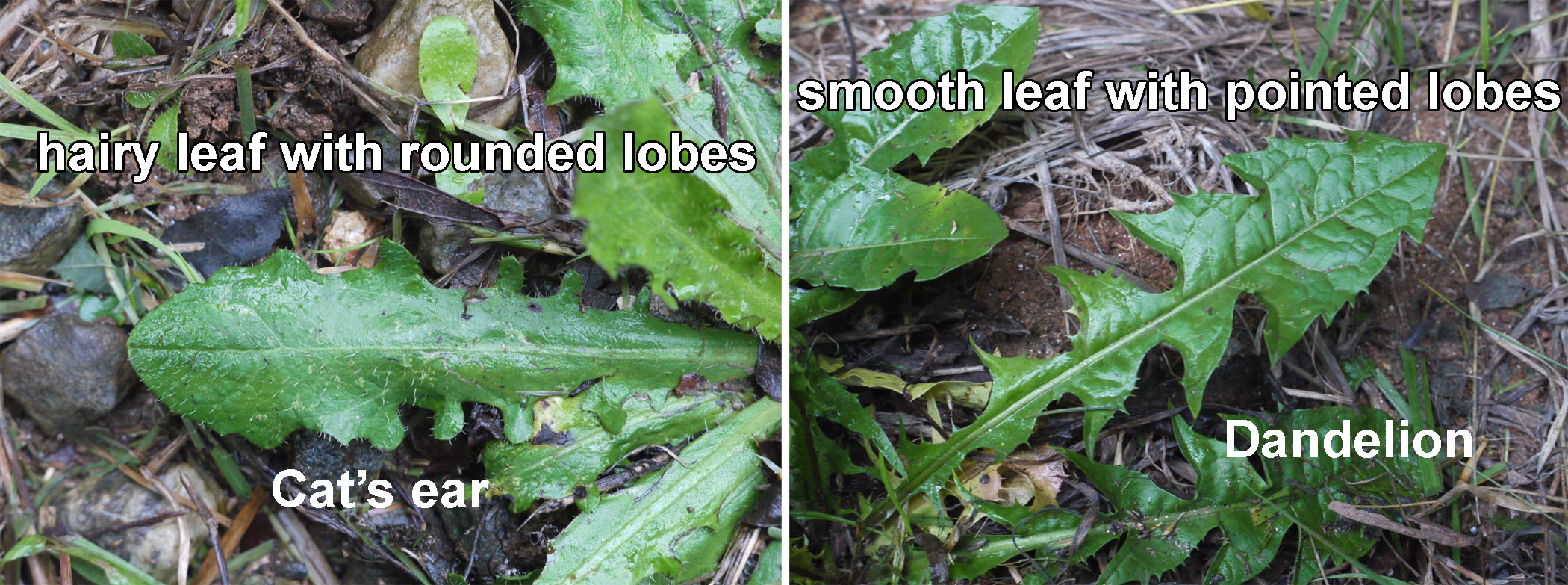
True Dandelion is a wonderful herb, and it is not to be confused with false dandelion in its impact on the horse other than as a wonderful liver tonic, natural diuretic and adding genuine nutritional diversity to a horse's diet. The soft green leaves can be harvested and used as bitter greens in a salad at home. Something that you could not do with False Dandelion! Any suggestion that it has the same impact as False Dandelion is unfounded.
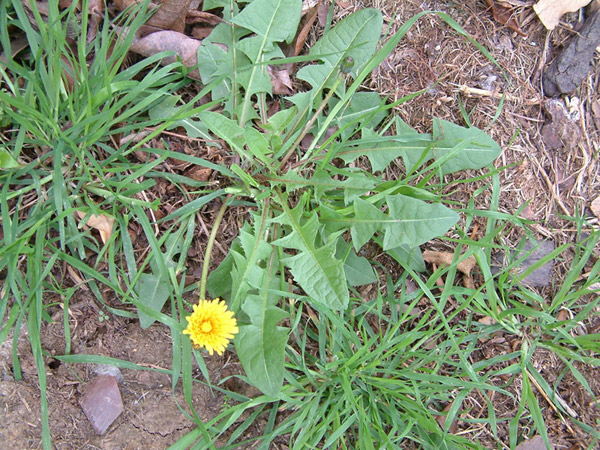
Managing the condition
Herbs can have wonderful benefits for the horse affected by stringhalt. There are many herbs traditionally used to support the central nervous system and aid muscular strength for repair.
Mugwort has traditionally been known to have an affinity for nourishing the myelin sheath and is thought to improve receptivity to neuropeptides therefore improving functionality to nerves.
Valerian is another herb that is well known to help relax tight muscles and I use this regularly for people with profound muscular spasm, ataxia and neuralgia to great effect.
Our stringhalted mix includes Elecampagne, Dandelion, Magnesium Phosphate, Mugwort, Pine Bark, Sage, Saw Palmetto and Valerian along with the Bach Flowers Heather, Vine, Elm, Vervain and Rescue Remedy.
Feeding your horse
Feeding the horse with a clean, wholefood diet is critical. The diet must be high forage, with plenty of natural oils to help nourish the myelin sheath. Evening primrose oil is known to have an affinity with the myelin sheath in humans, and may therefore have a similar benefit in horses. My preferred oil is flax seed oil and coconut oil.
Feeding out ground flaxseed meal and coconut meal (which is also high in proteins) is recommended.
Over the years when supporting horses with stringhalt we have found that feeding a pro-biotic and not feeding lucerne hay is useful. Whilst there have been no scientific studies done on this, anecdotal evidence suggests that horses with stringhalt seem to recover quicker when not fed lucerne. I can only surmise that irrigated lucerne is high in nitrates due to super phosphate in hay production. Plant sterols seemingly interfere with the neuro-endocrine system which can cause metabolic/endocrine disruption in some horses, especially mares.
A pre-biotic is useful in the case of stringhalt. Our Equigesta-Pre contains a combination of pure herbal powders, brewer's yeast and bentonite clay. Bentonite, Brewer’s Yeast, Liquorice Powder, Fennel Powder, Slippery Elm Powder, Aloe Vera Powder, Chamomile Powder all supporting the microbiota for improved digestion and protection from gastric upset.
Access to Low GI hay 24/7 is also advised. Other herbs can be given as part of the diet to improve nutritional diversity, which is critical when feeding a whole food 100% natural diet.
What about Magnesium?
Magnesium supplementation has also shown to be beneficial in many mild cases of stringhalt. Magnesium is naturally occurring in balance in many herbs such as Chamomile and Valerian. Dolomite is also high in magnesium.
The tissue salt Magnesium Phosphate is also beneficial and is included on our Stringhalted mix.
Exercise
As far as exercise goes, the horse must be able to walk around, but don’t push them. They must be calm. Spooking and running around will make the horse anxious, impacting healing.
Key management points
- Remove the horse from the pasture
- Feed whole food – low GI suggest speedy beet, copra meal, Teff Hay, herbs , ground linseed and Dolomite
- Keep your horse warm in winter and cool in summer
- Don’t feed lucerne hay
- Feed a pre and probiotic to protect your horse from gut dysbiosis.
- Fresh water easily accessible
- Must be able to walk around freely but not stress by running with a herd.
- Keep your horse with a gentle companion
References
(1) Investigation into the Cause of Australian Stringhalt. RIRDC
(2) Plant.net Hypochaeris radicata L.



